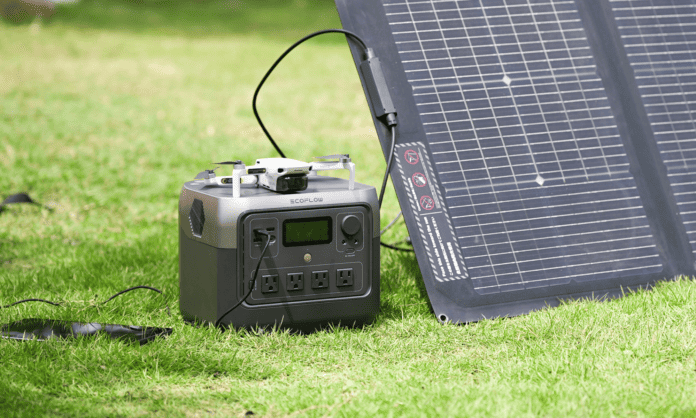Table of Contents
Unmanned aerial vehicles (UAVs), commonly known as drones, are excellent tools for photography, surveillance, deliveries, and so much more. The power consumption of a drone affects flight performance, battery life, and operational capability. Calculating the wattage of a drone is an intricate process, but understanding the factors that influence it is the first step. Learn all about drone wattage to optimise your flight experience.
Understanding Drone Motor Power
Drone motors dictate the lift and thrust that keeps a drone airborne. The power of the drone’s motor is usually measured in watts (W) or kilowatts (kW), describing the rate at which the motor can produce thrust to keep the drone manoeuvring in the air.
Factors Affecting Drone Motor Power
Here are the key variables that can significantly impact its wattage requirements:
- Weight: The drone’s weight includes its frame, electronics, payload, and battery. A heavier drone demands more power to lift and maintain its flight.
- Thrust: The force that propels the UAV upward and forward is dependent on both weight and the desired flight parameters. Aggressive manoeuvres and environmental conditions can also alter the thrust needed.
- Efficiency: Motor efficiency directly influences how much electrical power gets translated into mechanical thrust. A more efficient motor will consume less energy for the same thrust. Efficiency is typically expressed as a percentage.
- Battery Voltage: The voltage the battery supplies to the motor plays a pivotal role in power output. Higher voltage translates to higher energy requirements.
- Propeller Size and Pitch: The design and size of propellers significantly impact the motor’s wattage consumption. Large propellers or those with aggressive pitch angles will need more power but will generate more thrust.
- Flight Time: The longer the desired flight time, the more total power usage the UAV will need throughout the flight.
Do Drones Use a Lot of Power?
Drones are small but mighty as far as energy consumption goes. It’s not just the motor the battery has to power; it’s also the device’s electronic system, sensors, controllers, and communication devices.
Because of their high consumption rates, a UAV’s battery life can be limited, keeping flight times anywhere from just a few minutes to a half hour. You can optimise and prolong flight times by understanding your UAV’s energy use.
How Much Power Does an Average Drone Motor Use?
An average drone motor has an energy consumption of around 200-300W. Most devices will tell you how many watts the drone requires somewhere on the packaging. If not, there are ways to calculate it with complex formulas.
Don’t get too bogged down by electric units like volts, amps, and watts, or spend too much time trying conversions like watts to amps. Online calculators can do the heavy lifting for you so you can determine the exact output your portable power station must have to charge up your UAV.
Since most drones only use a couple hundred watts, the EcoFlow RIVER 2 Series portable power stations, such as the EcoFlow RIVER 2 Pro, which can sustain 80% of appliances, are the perfect energy solution for your drone.
Final Thoughts
Understanding your drone wattage consumption will help you make informed decisions about your UAV equipment and flight strategies. By grasping these technical intricacies, you can optimise your drone’s performance and explore compatibility with alternative power sources.
Shop EcoFlow portable power stations today to discover how to keep your appliances and electronics, including drones, powered efficiently no matter where you are.







